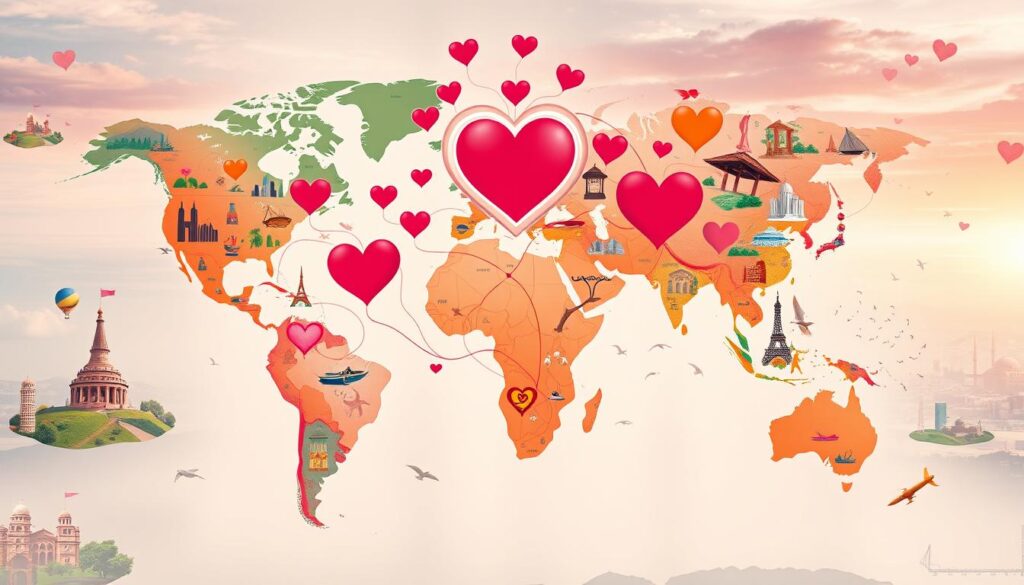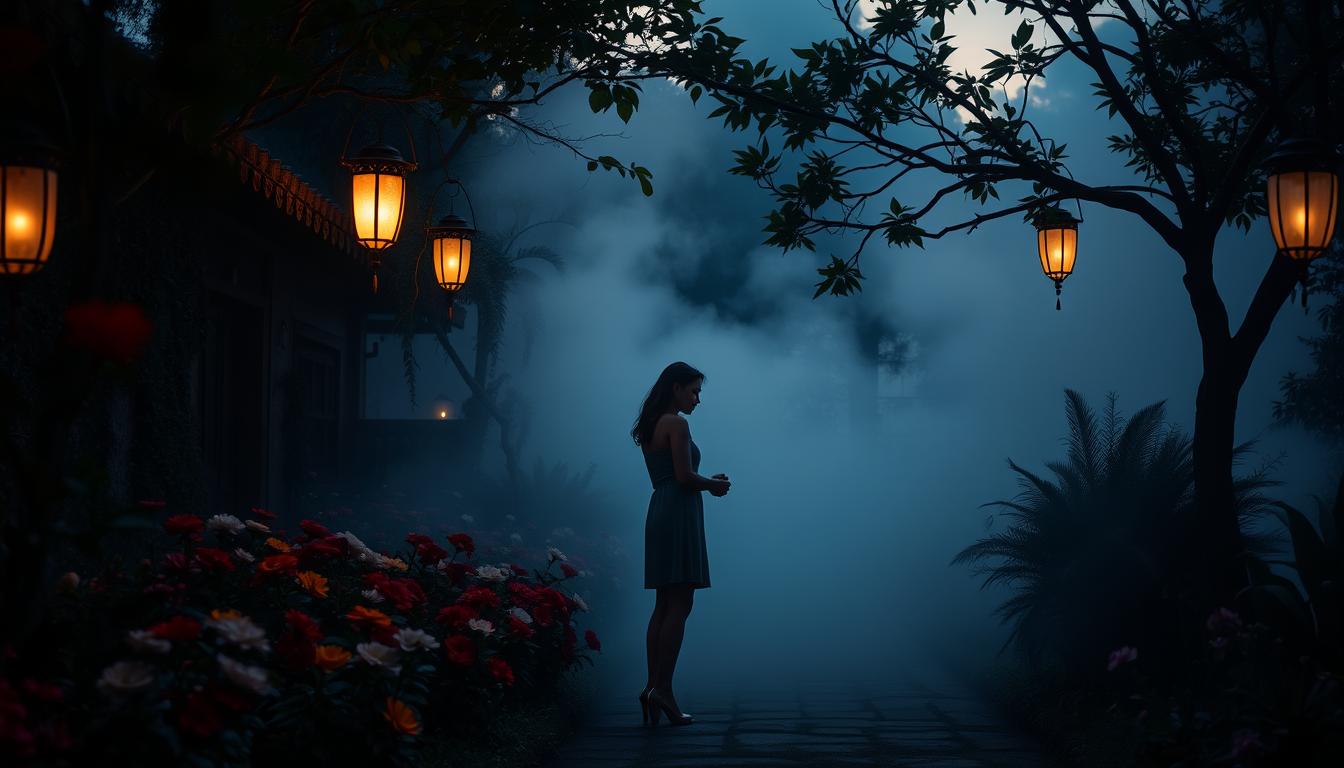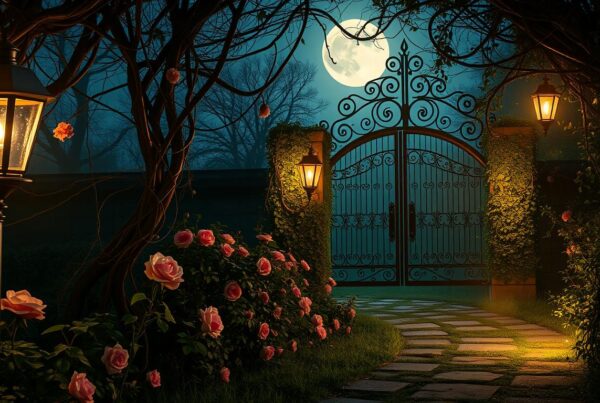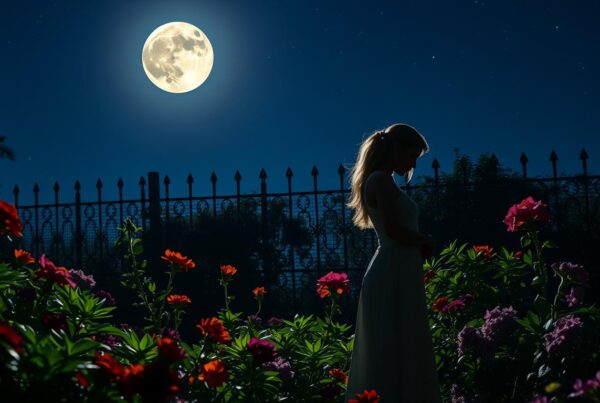Love is a universal feeling, but it’s often limited by society’s rules. Forbidden romance has always been a topic of interest and debate. It shows how people deal with the challenges of taboo love stories.
Every culture has its own rules about who can love whom. These rules can lead to stories of love and defiance. They shape our views on what relationships are okay.
We’re going to look at different cultures and how they view forbidden love. From old times to now, we’ll see how cultural taboos affect love. This journey will show us the lasting impact of these taboos on love.
The Concept of Forbidden Love in Different Cultures
Forbidden love stories are found in many cultures. They show us what societies value and what they don’t. These stories often involve love that is not allowed because of caste, religion, or social status.
Historical Background of Forbidden Love
The history of forbidden love is full of different stories. In medieval Europe, who you could marry was very strict. If you didn’t follow these rules, you faced big problems.
In ancient India, mixing cultures was frowned upon, especially if it crossed caste lines. Religious texts and rules helped keep these boundaries. Over time, these rules made forbidden love seem even more serious.
Social Implications and Repercussions
Being in love that society doesn’t approve of can be very hard. People might lose their friends, their status, or even face the law. These problems affect not just the couple but their families too.
The consequences of forbidden love can be very serious. Sometimes, it leads to sad endings or a fight for change. These stories show how hard it is to go against the rules of love in your culture.
Cultural Taboos in Ancient Civilizations
Looking back, we see how ancient places like Rome and Egypt dealt with love and rules. These places had clear rules for who could be together. Breaking these rules could change their cultures a lot.
Forbidden Love in Ancient Rome
In ancient Rome, love was tied to strict rules. Marriages were often about politics, not love. Breaking these rules meant big trouble, like being shunned or punished.
Love between different classes was forbidden. This shows how strict and harsh the rules were for those who didn’t follow them.
Egyptian Views on Love and Taboos
In Egypt, love was influenced by gods and society. Pharaohs set examples in marriage, affecting everyone. Love was celebrated in art, but only within certain limits.
Going beyond these limits could upset both people and gods. This shows how important rules were in controlling love.
So, both Rome and Egypt show love was both valued and controlled. Ancient rules made sure love stayed within cultural bounds.
Asian Perspectives on Forbidden Love
Asian love traditions show a mix of old and new. Romance is shaped by history and society. Each country has its own way of seeing forbidden love, with old norms and new challenges.
Forbidden Relationships in India
India’s caste system has shaped love for centuries. Love that crosses these lines is often shunned. But, education and modern ideas are slowly changing these rules.
Chinese Traditions and Romantic Taboos
In China, family rules love choices. Love not approved by parents can cause big family problems. But, as cities grow, so do new views on love.
Modern Japanese Portrayals of Forbidden Love
In Japan, forbidden love is seen in books, movies, and anime. These stories question old rules and show different views on love. Japanese media today shows a society thinking about love in new ways.
Forbidden Love and Religious Taboos
Many religions have strict rules for love and relationships. These rules come from sacred texts and shape what is seen as forbidden love. For example, many religious groups don’t approve of interfaith relationships.
This is because their teachings say love should stay within religious lines. This makes romance across different faiths a big issue.

In Christianity, the Bible talks about the need for shared faith in marriage. It sees love outside this as taboo. Islam’s Quran also expects marriages to be within the faith, making interfaith love complex.
These texts often see love across faiths as against God’s will. This creates a culture that pushes against such love.
Yet, stories of forbidden love keep happening. They are often seen as brave and devoted, but also spark debate. This shows the struggle between personal love and religious rules.
As society changes, these love stories challenge old rules. They make us think about love and faith in new ways.
Forbidden Love in Western Society
Western love ideals have been shaped by literature and media. These stories have changed how we see romance. They show a complex view of forbidden love.
Books like “Lolita” by Vladimir Nabokov and movies like “The Graduate” explore tricky relationships. They challenge what we think is right and wrong. They make us think about boundaries and what we accept.
The Role of Literature and Media
The media’s impact on romance is huge. Literature often comments on our values by showing taboo love stories. Books and films make us think about right and wrong.
They show us things like teacher-student or workplace romances. This makes us question our morals and ethics.
Contemporary Examples of Cultural Taboos
In today’s Western world, love challenges still exist. Cultural taboos meet changing values. A big example is the debate on love between bosses and employees.
These situations show the ongoing struggle. They mix personal feelings with work ethics.
Cultural Taboos: How Different Societies Portray Forbidden Love
We look at how cultures show forbidden love. Around the world, stories about taboo love show many ways. These stories are shaped by tradition, religion, and more.
Forbidden love often challenges what societies think is right. But each culture shows it in its own way.
Different histories shape how love is seen as taboo. In India, caste rules are strict. In the West, love is more accepted but still seen as wrong. These stories reflect deeper values and conflicts.
The way societies view forbidden love shows what they believe in. It’s about morality, honor, and where you belong.
Stories of forbidden love are powerful. They can show the dark side or hope for change. Movies, books, and plays explore these deep feelings.
By looking at how societies show forbidden love, we learn about their values. It helps us understand what makes them tick.
Forbidden Love Stories from Around the World
Throughout history, stories of lovers defying society have amazed us. These tales show our never-ending search for connection. They prove we’ll keep trying to find love, no matter the obstacles.
Tragic Love Stories
Many tragic love stories have touched hearts worldwide. Shah Jahan and Mumtaz Mahal’s love is a prime example. Their love inspired the Taj Mahal, a wonder of the world.
But their love was cut short when Mumtaz died. Shah Jahan was left to mourn her loss forever.
Happy Endings in the Face of Taboos
But there are also stories of love overcoming obstacles. Richard and Mildred Loving’s story is a shining example. They married despite laws against it.
Their fight led to a Supreme Court win. It changed laws for interracial couples everywhere. Their story shows the power of love to change the world.
Impact of Globalization on Cultural Taboos
Globalization has changed how we see and accept different kinds of love. It brings together cultures, making us understand love in new ways. This helps break down old stereotypes and builds tolerance.
Globalization has made us rethink what love means in different places. What was once seen as wrong is now being looked at again. This is because we’re learning from each other’s views on love.

As the world gets smaller, we’re less afraid of different kinds of love. Being around people from other cultures makes us more open-minded. This lets love grow in ways we never thought possible.
Also, love from different cultures is changing how we see romance today. Mixing different ways of loving creates a world where love is celebrated in many ways. So, globalization and love are working together to make our world a more loving place.
Interracial Relationships and Social Acceptance
The journey of interracial relationships has been complex and changing. It has seen big historical moments and ongoing challenges. Looking back, we see a story of struggles and victories, showing how society’s views have changed.
Historical Context of Interracial Marriages
For a long time, interracial marriages faced strong opposition and laws against them. In the U.S., laws against mixed marriages lasted for centuries. The 1967 Supreme Court case, Loving v. Virginia, changed this, making these laws illegal.
This decision was a big step forward. It helped mixed-race relationships be accepted more. It showed society was moving towards being more open and inclusive.
Current Views and Challenges
Even after Loving v. Virginia, interracial couples still face challenges today. They deal with biases and prejudices, showing society’s views are still changing. But, thanks to the media, we see more mixed-race couples, helping to make these relationships seem normal.
As society keeps growing, accepting interracial love is getting better. But, there’s still a long way to go. The fight for true equality and acceptance for interracial couples is still going on.
Modern Interpretations of Forbidden Love
Today, the way we see love has changed a lot. This is thanks to the internet and social media. They have made us more open to different kinds of love.
Role of Social Media
Social media has changed how we see love. Sites like Instagram and TikTok let people share their love stories. This makes others feel seen and understood.
Hashtags and trending topics help spread these stories. They show us that different kinds of love are okay. This has changed how we think about love.
Changing Norms and Acceptance
The internet has brought new ideas about love. People share their stories online, breaking old rules. This has made society more accepting of different kinds of love.
Western Influence on Eastern Taboos
The Western way of loving has changed Eastern societies a lot. As the world gets smaller, East and West are mixing their views on love. This mix brings new ideas and challenges.
Eastern cultures used to have strict rules about love. Now, with Western influence, these rules are changing. Young people, influenced by Western media, are questioning old taboos.
This change is causing tension between keeping old traditions and adopting new views on love. Some see it as a good thing, giving more freedom. Others fear losing their cultural values. This change affects how families, date, and get married in Eastern societies.
LGBTQ+ Relationships and Cultural Taboos
LGBTQ+ love history is filled with stories of struggle and triumph. Queer love and culture have faced many obstacles. But they have also seen big wins in acceptance.
Historical Perspective on LGBTQ+ Rights
The journey of LGBTQ+ people has been tough but inspiring. In old times, some places accepted queer love, while others rejected it. But many societies had strict rules, leading to harsh punishments and discrimination.
LGBTQ+ love history shows a long fight for being seen and heard. This fight has lasted from ancient Rome to medieval Europe and beyond.
Modern Day Struggles and Triumphs
Today, LGBTQ+ people still face many challenges. They deal with social stigma, legal fights, and personal struggles. But they also have big wins to celebrate.
Like the legalization of same-sex marriage in many places. And seeing more LGBTQ+ people in media and politics. These victories show the strength of the LGBTQ+ community and give hope for a future where love is accepted.
Romeo and Juliet: A Timeless Tale of Forbidden Love
Shakespeare’s Romeo and Juliet is a classic love story. It shows the deep side of love and the rules that try to stop it. This piece will explore the story and its lasting effect on our culture.
Analysis of the Story
Romeo and Juliet is set in a world of family feuds. The story is about two lovers who face many obstacles. It shows how young love can be strong but also very sad.
The play looks at the characters of Romeo and Juliet closely. It talks about their youth, first love, and the harm caused by family fights. This analysis shows why the play is still loved today.
Impact on Modern Culture
Romeo and Juliet has had a big impact on our culture. It has influenced books, plays, and movies, showing the power of forbidden love. Many versions of the story have been made, keeping it alive.
The themes of Romeo and Juliet are seen in many modern works. It shows how love can be strong, even when it’s not allowed. The story’s legacy shows the beauty and sadness of forbidden love.



